As winter fades away and the promise of warmer days emerges, it’s essential to give your car some attention after enduring the harsh conditions of the winter season. Proper maintenance and preparation can help ensure your vehicle is ready to tackle the challenges of springtime driving. In this blog post, we’ll discuss some essential tips to prepare your car for spring after winter use.
Where to Start
Clean Your Car Inside and Out:
-
- Start by giving your car a thorough cleaning, both inside and out. Remove any salt, grime, and debris accumulated during the winter months to prevent corrosion and damage.
- Don’t forget to clean the interior, including carpets, upholstery, and floor mats, to eliminate salt stains and winter debris
Check Fluid Levels and Change Oil:
- Check all fluid levels, including engine oil, coolant, brake fluid, and windshield washer fluid. Top up any fluids that are low and consider changing the oil if it’s due for a service.
- Fresh oil and fluids will help ensure optimal engine performance and protect your car’s components from wear and tear.
Inspect Tires and Wheels:
- Inspect your tires for signs of wear, damage, or uneven tread wear. Rotate your tires if necessary and check the tire pressure to ensure it’s at the recommended level.
- Consider switching to spring or all-season tires if you’ve been using winter tires during the colder months.
Test Your Battery:
- Cold temperatures can take a toll on your car’s battery. Test the battery’s charge and inspect the terminals for corrosion. Clean the terminals if needed and consider replacing the battery if it’s old or showing signs of weakness.
Check Brakes and Suspension:
- Inspect your brakes for any signs of wear, including brake pad thickness and brake fluid levels. Have your brakes serviced if necessary to ensure optimal stopping power.
- Check the suspension components for signs of damage or wear, such as worn bushings or leaking shocks. Address any issues to maintain a smooth and comfortable ride.
Replace Wiper Blades and Check Lights:
- Replace worn-out wiper blades to ensure clear visibility during spring showers. Check all exterior lights, including headlights, taillights, and turn signals, to ensure they’re working correctly.
Address Any Maintenance Issues:
- Take care of any maintenance issues that may have arisen during the winter months, such as squeaky belts, rattling noises, or warning lights on the dashboard. Addressing these issues promptly can prevent more significant problems down the road.

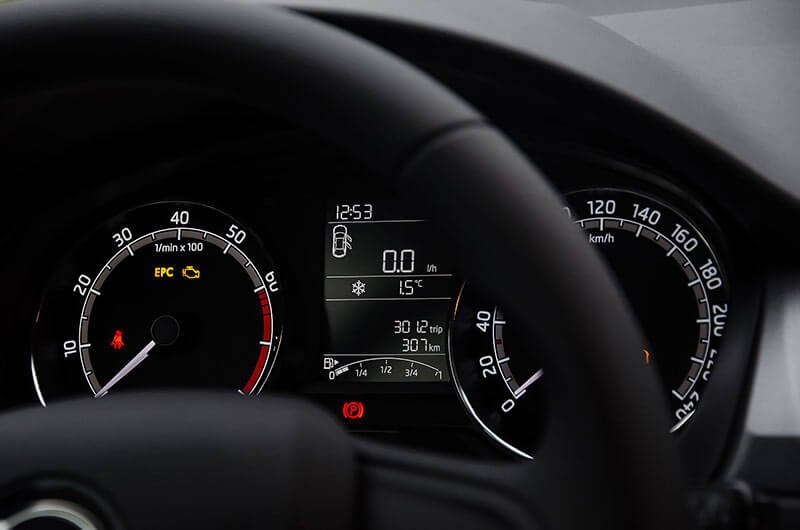
Spring Tune-Up: Essential Tips for Preparing Your Car After Winter
Preparing your car for spring after winter use is crucial for ensuring smooth and safe operation throughout the season. By taking the time to address maintenance needs and prepare your vehicle properly, you can minimize the risk of breakdowns and unexpected issues on the road.
Following these essential tips for maintenance and preparation will help you enjoy worry-free driving as you transition into the warmer weather ahead. From checking fluid levels to inspecting tires and wheels, each step plays a vital role in keeping your car in top condition and ready for the challenges of springtime driving.
Embrace the arrival of spring with confidence, knowing that your car has been properly prepared to handle whatever the season may bring. With a little attention to detail and proactive maintenance, you can hit the road with peace of mind and enjoy all that spring has to offer.
Spring Car Care: Essential Tips for a Smooth Transition
As the winter chill fades and the promise of spring beckons, it’s time to give your car the attention it deserves for a seamless transition into the new season. From cleaning away winter grime to checking vital components, proper car care ensures smooth and trouble-free driving ahead. Follow these essential tips to prepare your vehicle for the changing weather conditions, allowing you to enjoy the road with confidence as you embrace the beauty of spring.
In conclusion, as we transition from winter into spring, it’s essential to prioritize the maintenance and preparation of our vehicles. By following the essential tips outlined in this guide, you can ensure that your car is ready to face the challenges of the new season. From cleaning away winter grime to checking fluid levels, inspecting tires, and addressing any maintenance issues, proactive care will help keep your vehicle running smoothly and safely. Embrace the warmer weather ahead with confidence, knowing that your car has been properly prepared to handle whatever the spring season may bring. With a little attention to detail and timely maintenance, you can enjoy worry-free driving and make the most of the springtime adventures ahead.

























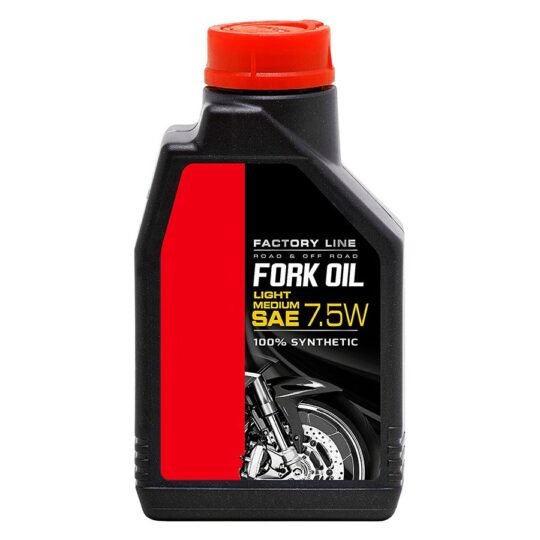

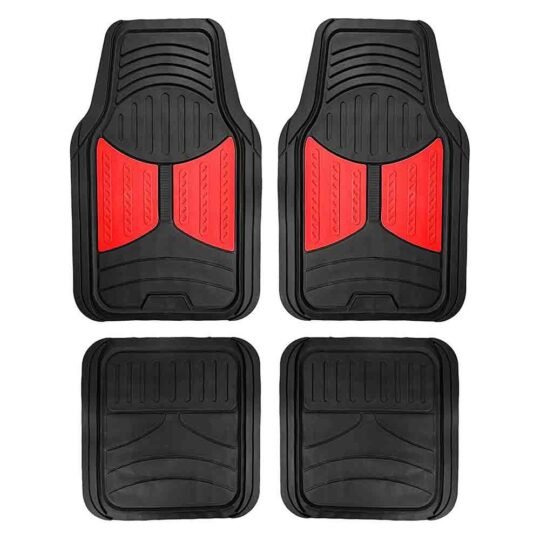



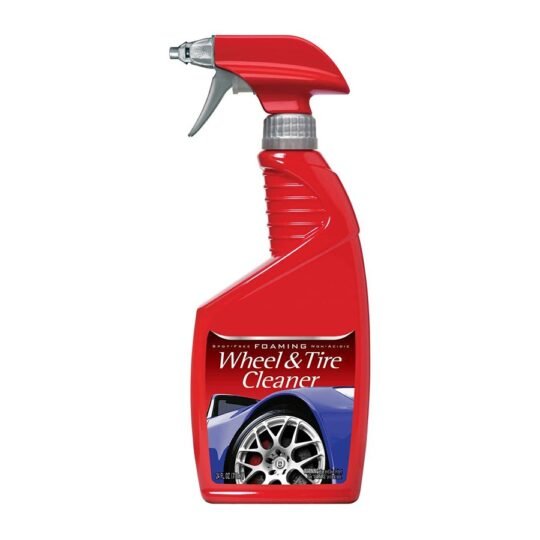
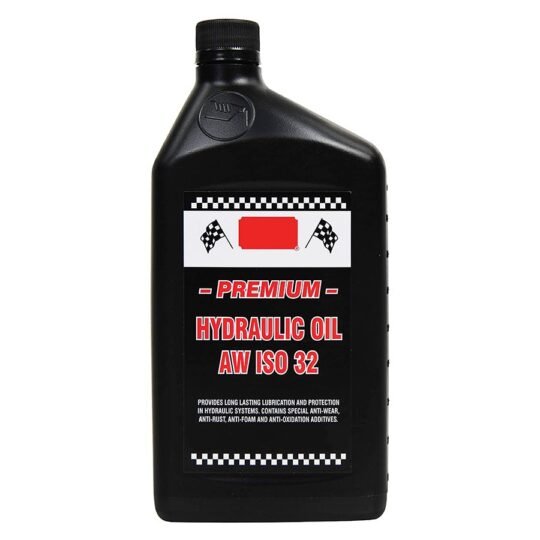




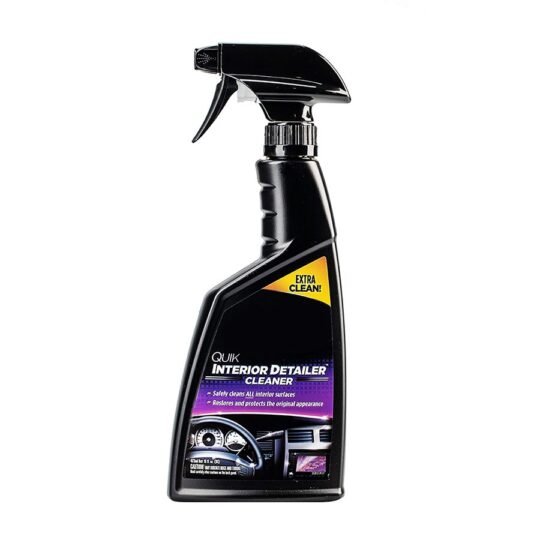
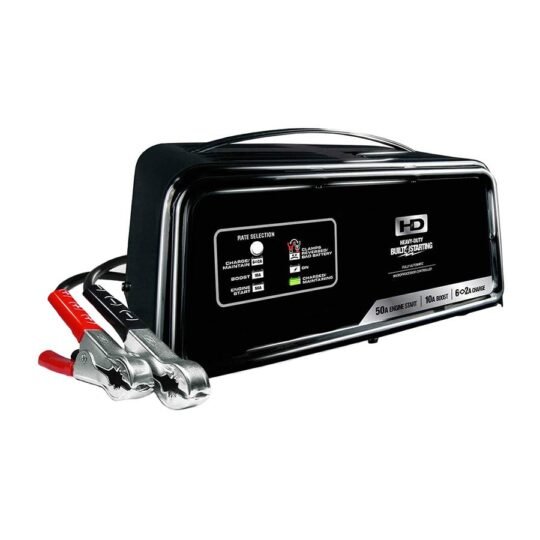





















A WordPress Commenter
Hi, this is a comment.
To get started with moderating, editing, and deleting comments, please visit the Comments screen in the dashboard.
Commenter avatars come from Gravatar.